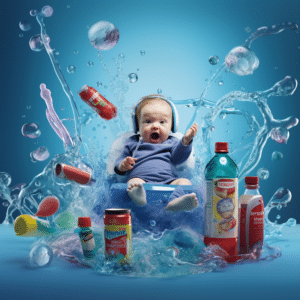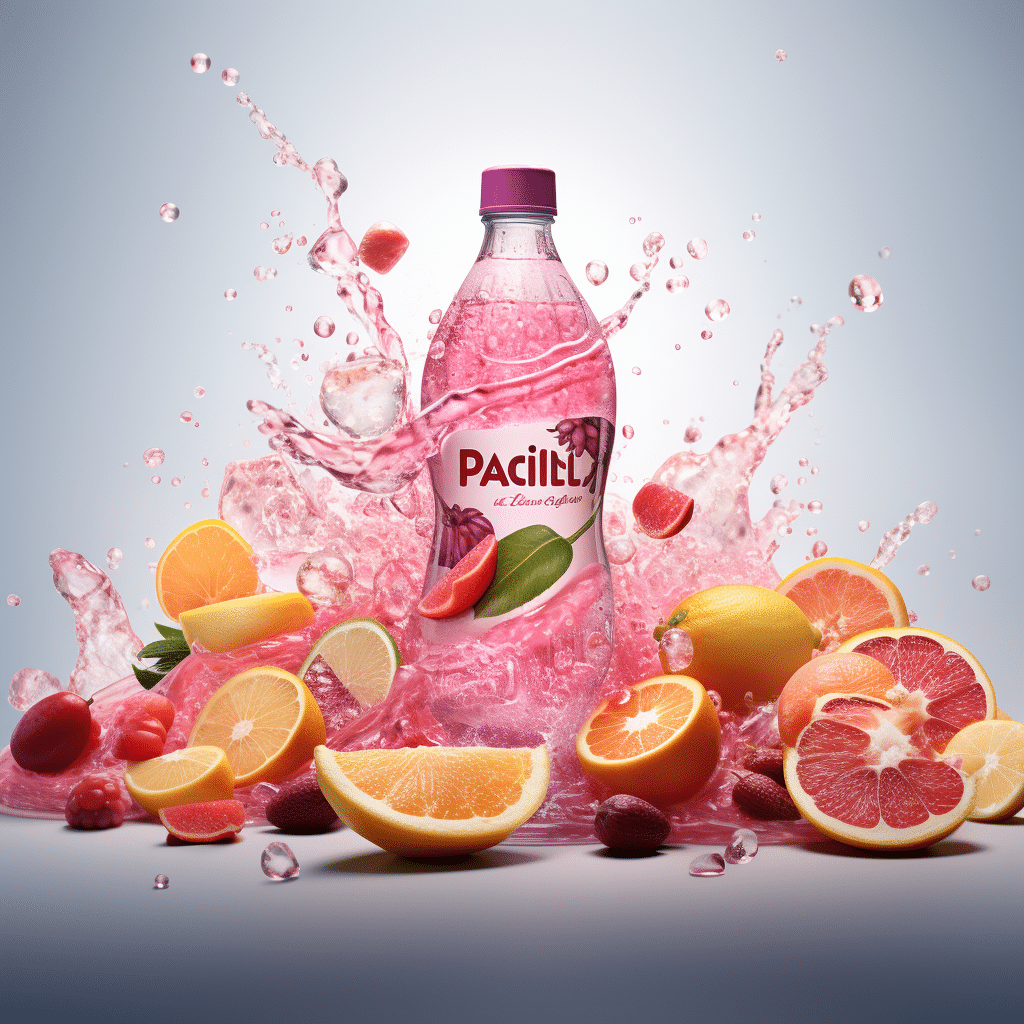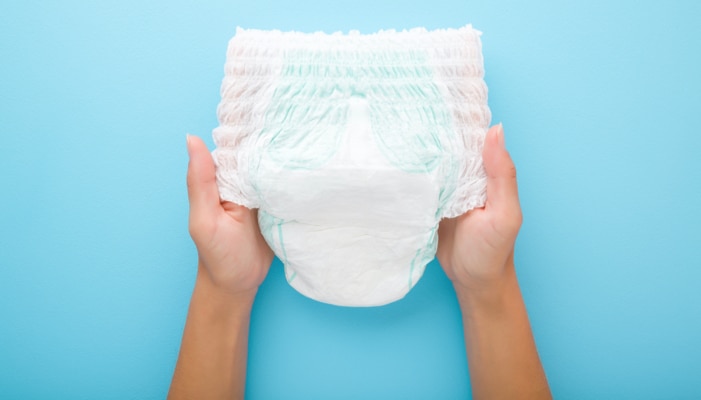Pedialyte: Effective Dehydration Solution for Children’s Health
Pedialyte effectiveness: For those unfamiliar with Pedialyte, it is a commercially available electrolyte solution used as a therapeutic agent for children who suffer from dehydration.
It is probably the first choice for infants with diarrhea due to its proficiency and effectiveness. It replenishes important minerals and salts lost during diarrhea and vomiting. However, as with all other medications, Pedialyte must be stored properly for long use.
Pedialyte is a prescription-only, non-alcoholic electrolyte drink that helps replenish lost electrolytes. It is marketed as an alternative to sports drinks and as a remedy for dehydration and other electrolyte imbalances. It is available in powder or liquid form in various flavors and dyes.
According to the manufacturer, Pedialyte provides the body with energy by replacing the electrolytes lost through sweating, vomiting or diarrhea. It also supplies carbohydrates for energy production, potassium to help maintain blood pressure, and sodium for normal fluid balance.
The product is designed for children six months of age with dehydration symptoms like fatigue, nausea, and vomiting. Below we discuss dehydration in detail.

Does Pedialyte Go Bad?
Typically, Pedialyte has a shelf life of 48 hours after being opened, though it may vary depending on the temperature and mode of storage. So you should immediately Pedialyte effectiveness discard it after 48 hours of use since it has no preservatives.
Similarly, after opening the Pedialyte, you expose it to invisible harmful bacteria which may affect your toddler in the long run. However, if the Pedialyte is left unopened, it can last up to 2 shelf years when stored under favorable conditions.
Do you want to know more? This article discusses Pedialyte when it loses its effectiveness and storage. Keep reading to learn more.
Dehydration
Dehydration is a condition that occurs when the body loses more fluids than it takes in. It can occur for several reasons, but most often, it occurs due to illness or injury. When your body loses more fluids than it can replace on its own, you will obviously become dehydrated.
Normally, your body needs water to function effectively, so when you are dehydrated, your cells will not get enough water to function normally, leading to kidney defects.
Dehydration is common among patients with chronic illness and those hospitalized for an extended period since they may lose up to 10-15% of their body water through diarrhea or vomiting. Similarly, they may lose more water through excessive sweating due to fever or other associated illnesses.
In the case of toddlers, they can easily become dehydrated from fluid loss — from diarrhea and vomiting to heat illness and sweating — but they are especially susceptible since they have a lower ability to regulate their body temperature and sweat less than adults do.
Children and infants also tend to drink less water than adults when they are ill since they spend most of their time resting and sleeping. In all cases, dehydration is especially dangerous in babies since their organs aren’t fully developed and may not be able to withstand the effects as adults do.
Below are symptoms of dehydration:
- Decreased urination (less than the normal amount)
- Dry mouth
- Dark urine (grayish-brown in color)
- Low urine output (less than half a cup every 2 to 3 hours)
- Pale skin tone
Once you notice one of these symptoms, you can administer Pedialyte as a relief to your little one or feed them enough fruits to maintain their body’s fluid balance.
Does Pedialyte Expire?
Yes, Pedialyte does expire. After two years, it will no longer be effective in replenishing electrolytes. While Pedialyte is meant to be used as a temporary solution, it can sometimes be used for many months or even years.
The formula is designed to keep your toddler’s body properly hydrated and balanced with the proper nutrients for your child’s digestive system. It should be kept in a cool, dry place away from direct sunlight and high heat.
Ultimately, the expiration date listed on the label of Pedialyte is two years from the date of manufacture. So if you purchased a bottle of Pedialyte more than two years ago, it has probably expired and has no nutritional value.
Some retailers sell out-of-date Pedialyte, so check your receipt to see what period you have in your hands before refilling.
Instances When You Should Not Use Pedialyte
Pedialyte is a great way to rehydrate your baby or child. However, there are certain situations where it’s not the best choice for your little one. Below are some of them:
- If your baby is allergic to any of the ingredients in Pedialyte
- If your baby has reflux or GERD
- If your baby has kidney stones
How To Use and Store Pedialyte
Pedialyte should be given to babies and children who have been dehydrated or who have been in the hospital for more than 24 hours. As we’ve already said, Pedialyte is a clean electrolyte solution that doesn’t have any water in it. It is made of sodium chloride (NaCl), potassium chloride (KCl), glucose, vitamin C, and potassium phosphate.
You can give it orally, but it is also available in powder form that can be mixed with formula or other foods. So when your child is discharged home, ensure you provide enough Pedialyte supply and abide by your doctor’s instructions.
Pedialyte can be kept in the refrigerator for up to 48 hours after opening. But it will taste better if you open it just before using it, so the flavor doesn’t fade over time.
Ultimately, keep your Pedialyte refrigerated at all times. More importantly, do not freeze it! The manufacturer recommends keeping your bottle in its original packaging and away from direct sunlight or extreme heat sources such as hot ovens.

Bottom Line
Pedialyte effectiveness to the Pedialyte website, these drinks only have an expiration date on the packaging, with a “best used by” date printed on the products inside. And as with any product, it is best to avoid drinking past this “best used by” date.
Pedialyte should keep for a long time when unopened. And it’s not necessary to refrigerate it, and it can last up to six months at room temperature. If it doesn’t last long and you find mold growth, then perhaps you have opened a bad bottle, which is no longer safe for drinking.






